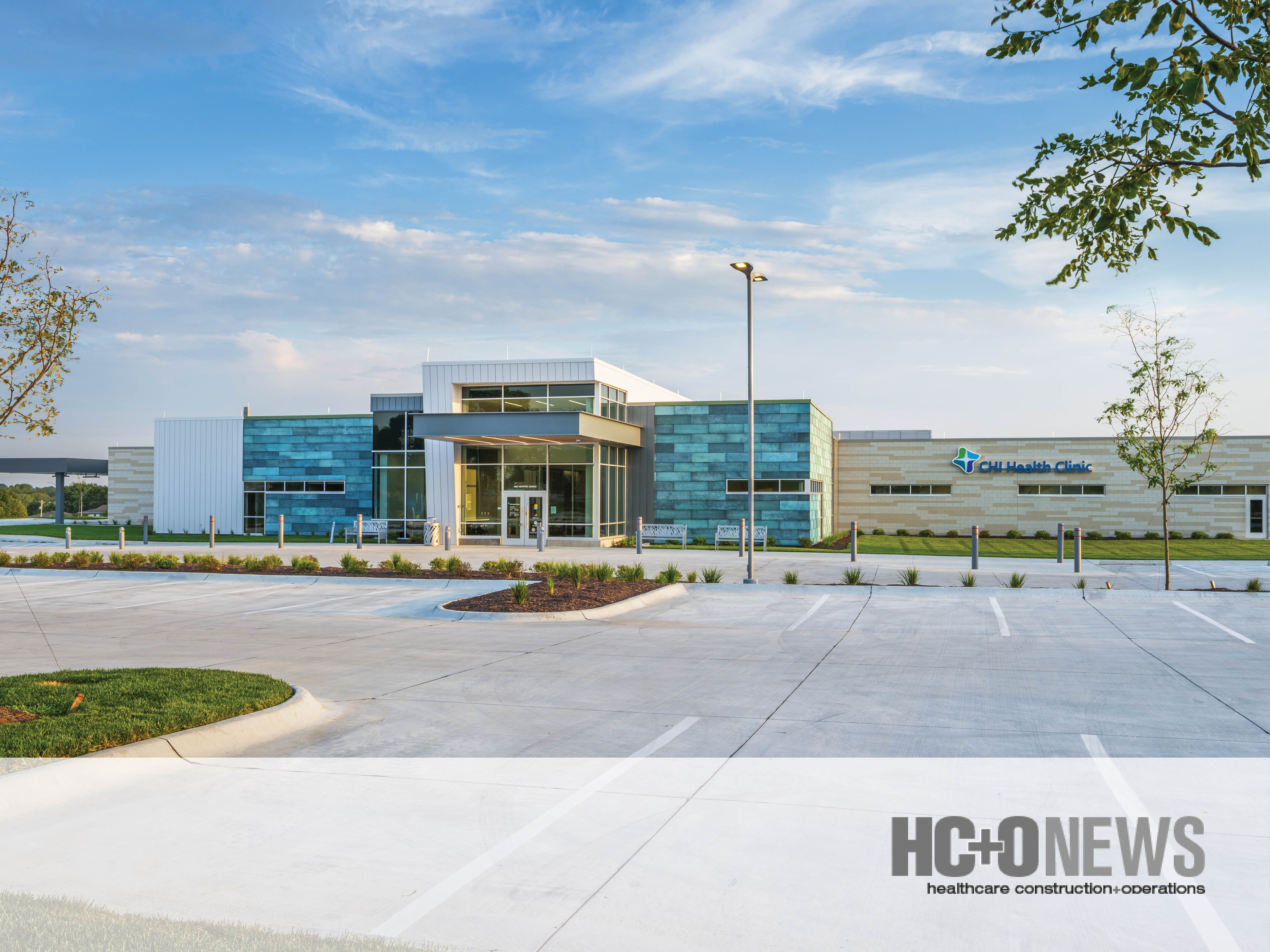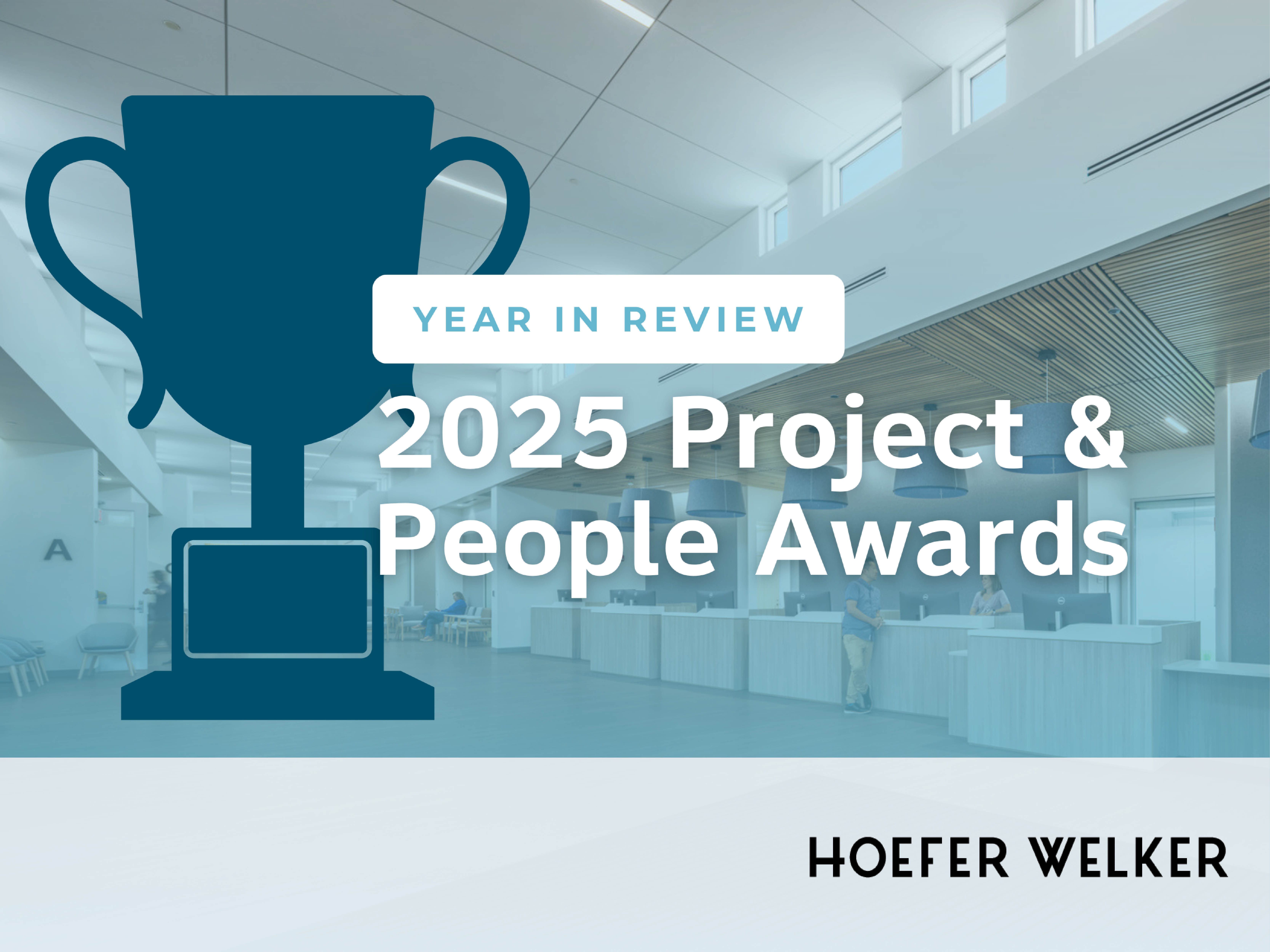Modular and Prefabricated Design Part I: The New Mainstream for Health Systems
A recent HCO News article highlights how modular and prefabricated design is becoming a mainstream solution for healthcare systems facing rising...

The moment a patient steps into a hospital, clinical technology and information technology are integrated throughout every aspect of the patient care experience.
Imagine the technology ecosystem of a hospital as a pool of clear water. Now, imagine new technology dropped into that ecosystem. The first ripple changes to the ecosystem of the hospital is the easiest to see, whether it be impact to an individual system or a space. It’s the second, third or fourth ripple affecting other systems that unbalance healthcare operations.
Specialists who understand the staggering amount of technology solutions in the market and advise on alternatives to fulfill each unique facility’s design are invaluable. Hoefer Welker’s Clinical Technology Solutions (CTS) team provides a wide array of options to hospital owners. Our CTS team approaches planning holistically. We incorporate key clinical and technical strategies, weaving them into the design of the healing environment.
Hoefer Welker understands how technologies impact each other. This is not limited to an individual system or space, but incorporates the overall clinical technology strategy. Our approach combines the oversight, process, leadership and strategy with the innovation of industry-leading manufacturers. Our CTS team transcends the traditional silo-based technology design approach. This allows for vision, innovation and the application of a clinically-centered technology.

A recent HCO News article highlights how modular and prefabricated design is becoming a mainstream solution for healthcare systems facing rising...

2025 brought a number of recognitions for our work, our people, and our growth as a firm. From project awards to individual honors and business...

Mara Sabatini, Vice President and Senior Project Manager, was recently featured in BD+C’s article, Leadership in Practice: How 40 Under 40 Alumni...
